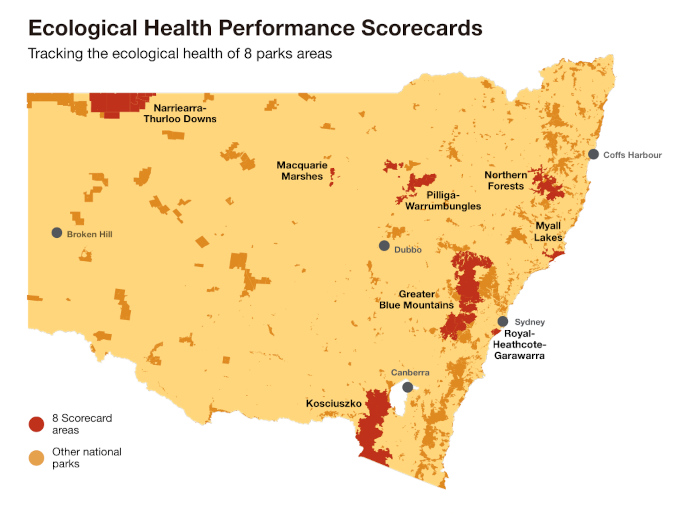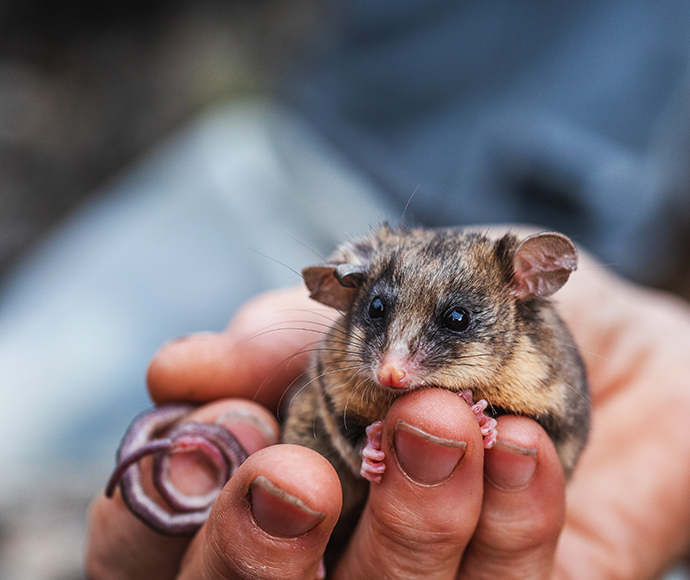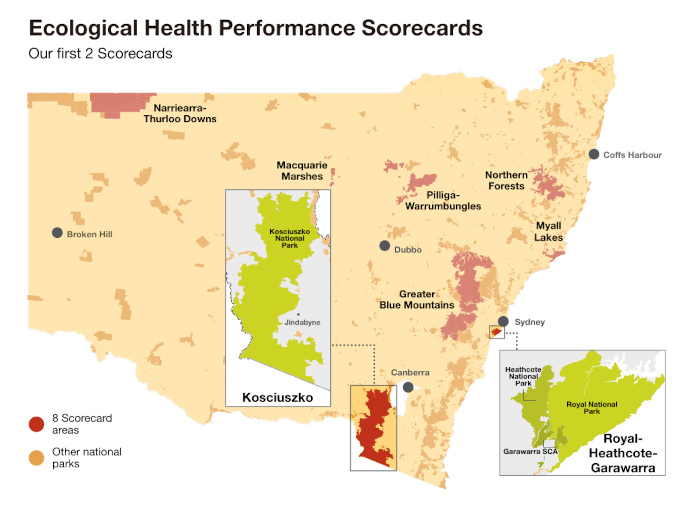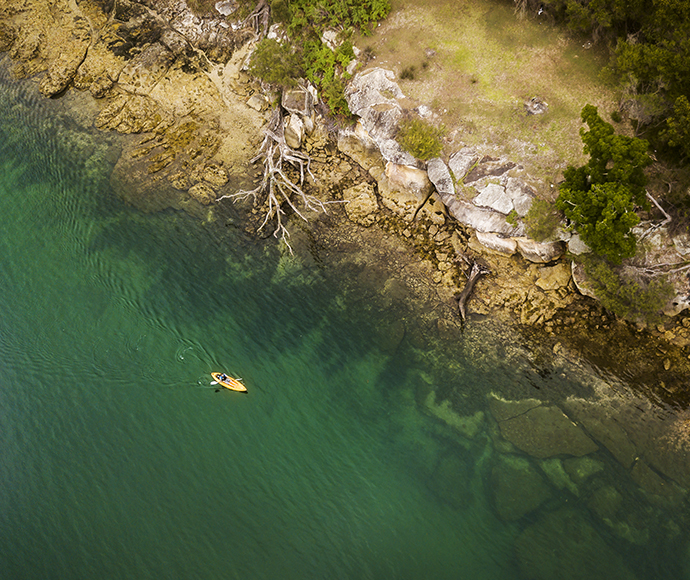Scorecards is an ecological health monitoring system.
It is a world-leading initiative that aims to significantly enhance the health of NSW national parks by tracking key ecological indicators and using that data to refine management actions.
For the first time in our history, scorecards will enable the National Parks and Wildlife Service to systematically collect and apply the critical information required to design and deliver effective park management.
Our national parks are extraordinary places. They make up 9.5% of New South Wales across various desert, alpine and coastal ecosystems. Around 800 of the approximately 900 threatened species in New South Wales are found on the national park estate.

Starting in 2021, scorecards will be developed across 8 sites that represent the varied ecosystems right across New South Wales.
On-ground monitoring data and park management actions will be fed into scorecards, providing annual snapshots of what is happening with native plants and animals, important ecological processes, and threats to ecological health, such as feral animals and weeds. The first data will be published in 2024, enabling people to track our parks' health online.
 'Measuring ecological health, and linking this to our investment in management actions, is the key to delivering effective conservation for our national parks.'
'Measuring ecological health, and linking this to our investment in management actions, is the key to delivering effective conservation for our national parks.'
– Atticus Fleming, Deputy Secretary NSW National Parks and Wildlife Service
Scorecards is designed to support decision-making to deliver, for any given level of resourcing, a reduction in the impacts from feral animals, weeds, fire and other threats, as well as increases in the populations of threatened and declining species and improvements in the functioning of ecological processes.
Scorecards is world-leading – it integrates ecological monitoring with management and financial data. Scorecards will help optimise the ecological return on investment in our national parks and provide greater transparency around improving biodiversity outcomes.
The $10 million pilot program will run over 4 years, supported by a $7 million grant from the NSW Government through its Environmental Trust and philanthropic investment of $1 million.






 Professor Richard Kingsford PhD, University of New South Wales, Sydney
Professor Richard Kingsford PhD, University of New South Wales, Sydney